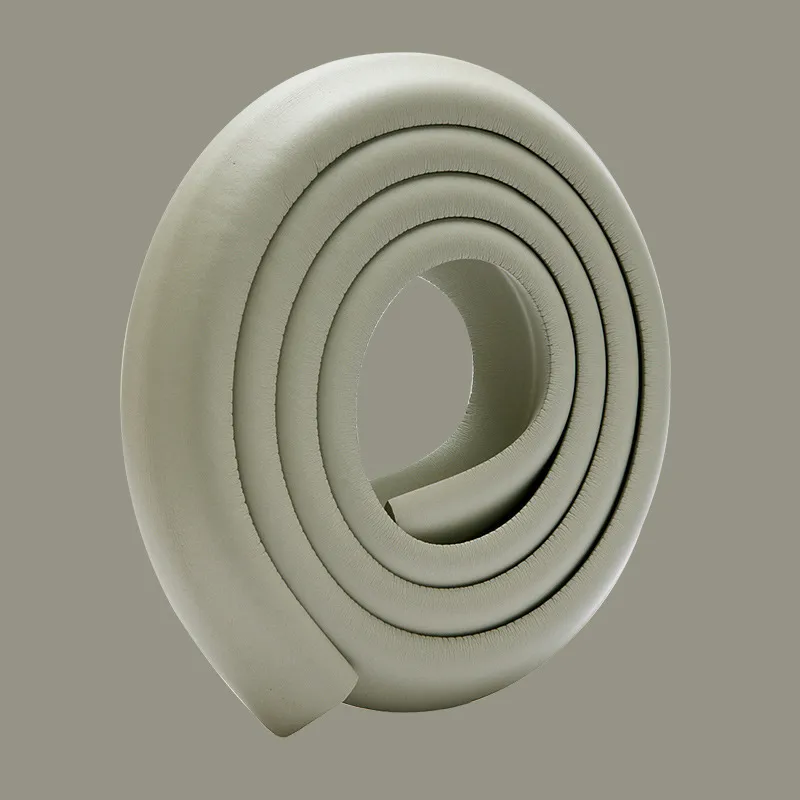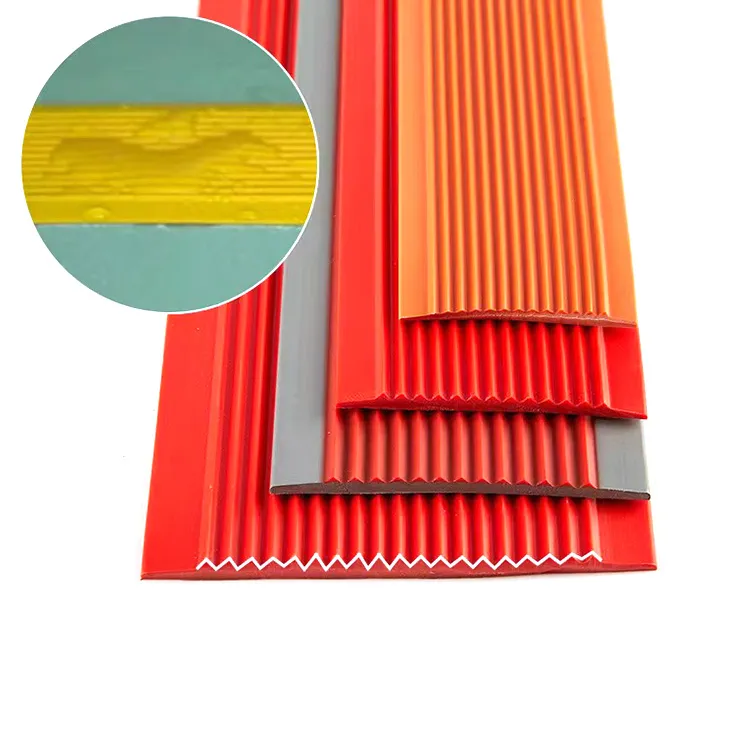In addition to liquefaction and regasification, heat exchangers are extensively used in natural gas processing plants, where they are involved in drying, purification, and heating of the gas. For instance, before natural gas is transported in pipelines, it often requires dehydration to remove water vapor, which can cause problems such as hydrate formation during transportation. Heat exchangers can assist in this process, leading to purer and more efficient gas delivery.






